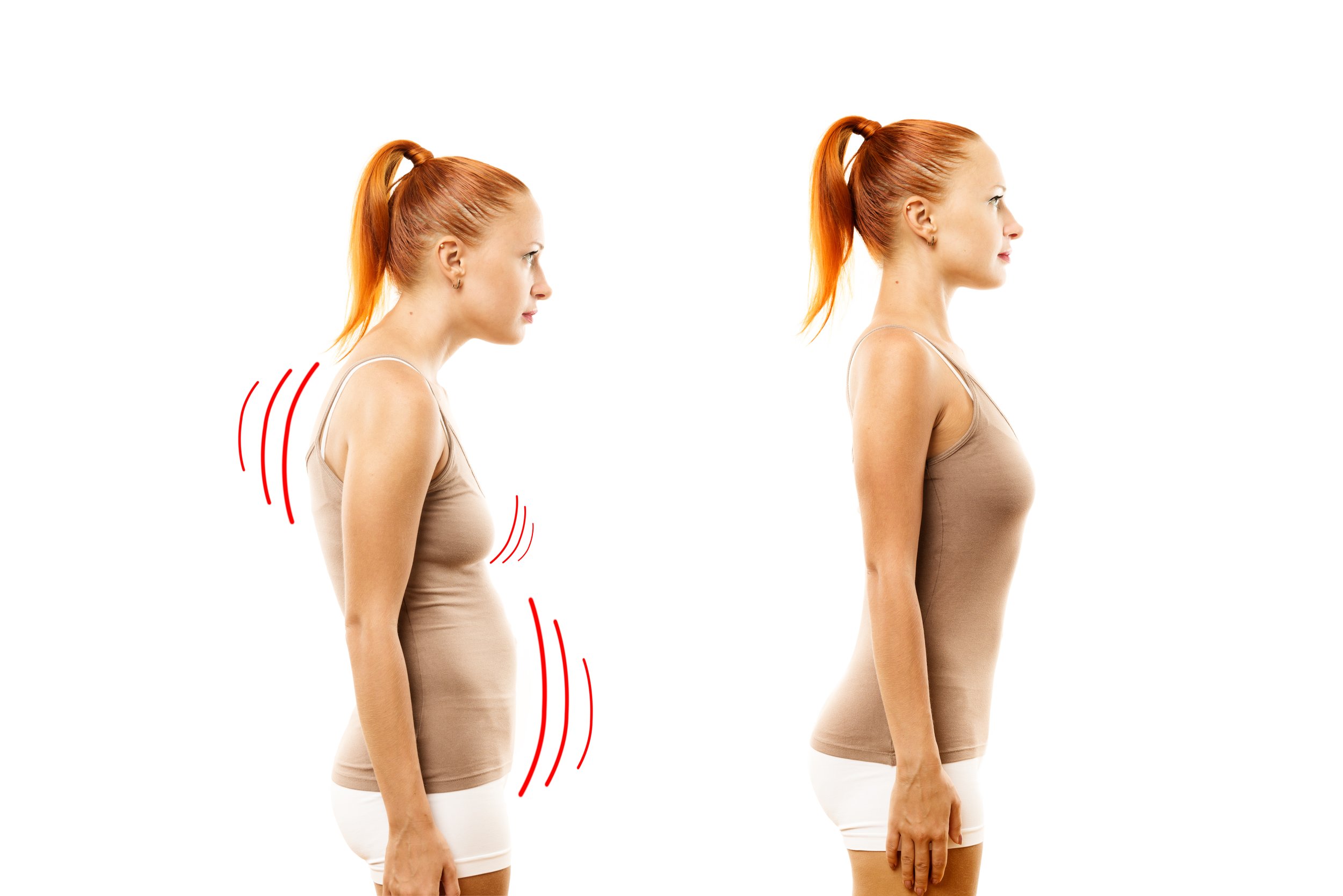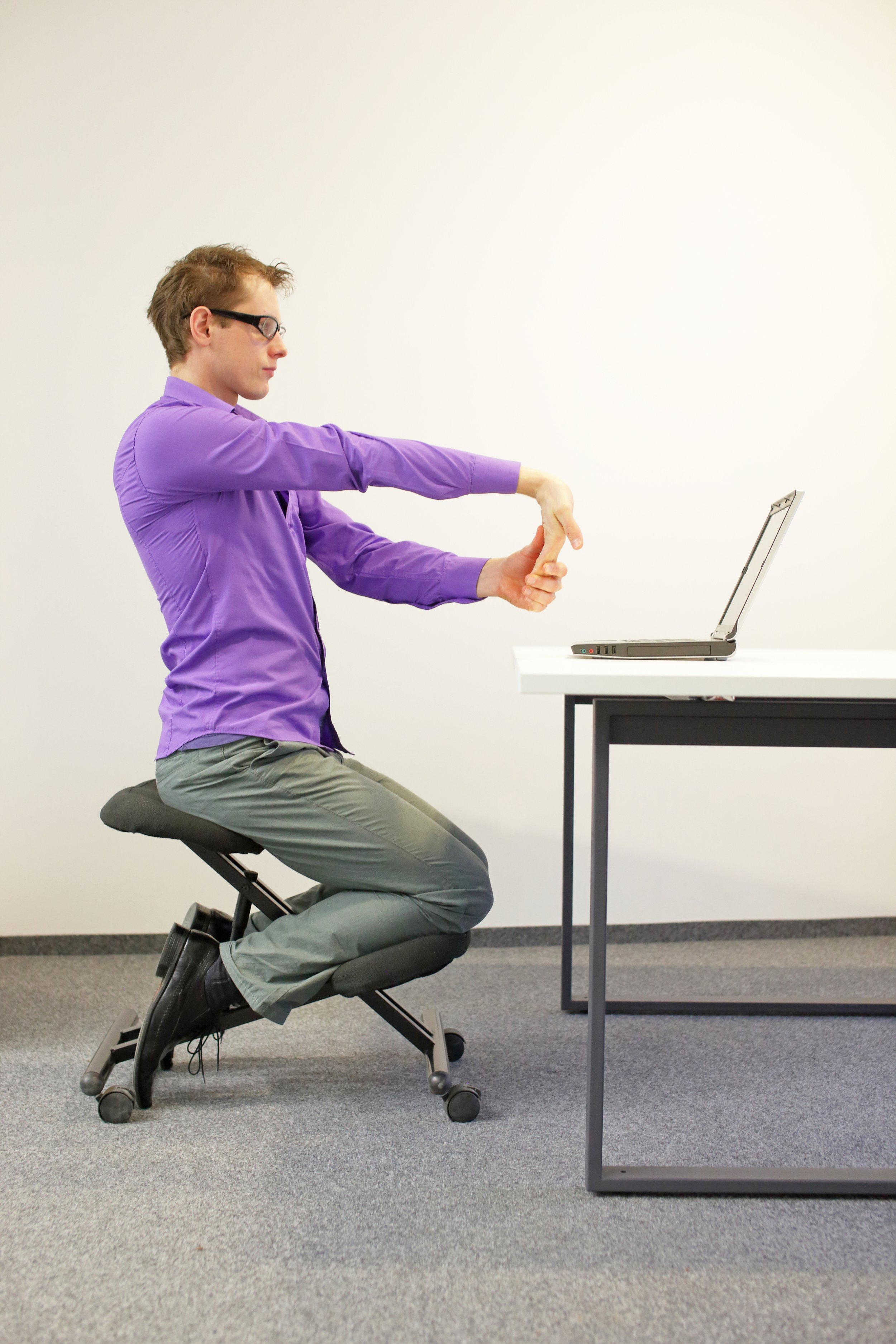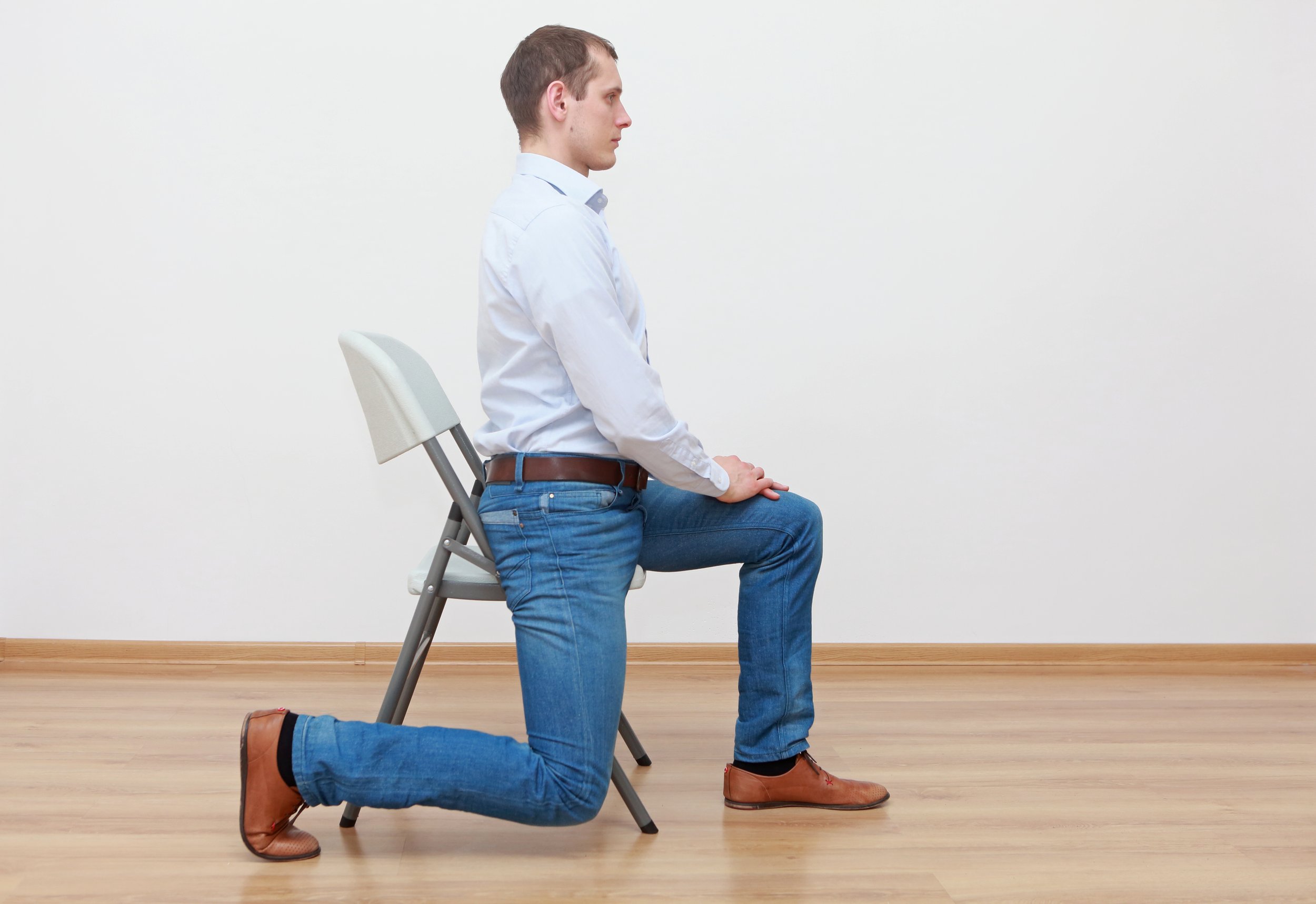The Impact of Modern Lifestyle on Posture and Health - PART 1
In today's digital age, poor posture has become a prevalent issue, stemming from long periods of time spent hunched over computers and gazing down at smartphones. This is the number one thing I review with clients who visit me. Many mention alternating between sitting and standing desks, which can help. However, merely stepping away from devices or following casual gym cues doesn’t magically lead to better posture. The musculoskeletal system, particularly the core muscles and abdominal muscles, can remain tight or weak, perpetuating posture problems like slouching and bad posture.
Contrary to the stereotype of a perfectly erect schoolgirl, good posture isn’t just about standing straight. Static posture refers to how we hold our bodies during various activities. Incorrect body positioning—whether sitting, standing, or even sleeping—can cumulatively harm ligaments, muscles, and natural curves of the spine, resulting in issues such as low back pain, muscle strain, and neck pain.
Sedentary behaviors, such as prolonged sitting for work, travel, or leisure, have significant consequences on our overall health. Even with ideal ergonomic workstations, staying in one position too long can disrupt the natural curves of the spine, leading to muscle fatigue, connective tissue buildup, and muscle tension. These factors can cause discomfort and discourage movement, which is essential for proper posture.
The Hidden Culprits of Posture Problems
Eyes
Staring at screens for extended periods creates tension in the cervical spine and upper back, leading to structural rigidity and discomfort.
Quick Tips:
Look away from the screen periodically, focusing on objects 20 feet away.
Take outdoor breaks to engage with varying focal distances.
Perform simple eye rolls every 10 minutes to alleviate muscle fatigue.
Shoulders and Neck
Desk work often results in slouching, rounded shoulders, and upper back stiffness. Prolonged strain can lead to muscle tension in the neck and shoulder blades, exacerbating discomfort.
Quick Tips:
Change positions frequently; stand during phone calls.
Use sit-to-stand desks and take active breaks throughout the day.
Low Back
Prolonged sitting can lead to a posterior pelvic tilt, compressing lumbar segments, reducing muscle strength, and increasing the risk of lower back pain.
Quick Tips:
Incorporate exercises to engage the core muscles and support the lower back.
Set reminders to move or stretch every 20 minutes.
Hamstrings and Knees
Prolonged sitting compresses arteries, reducing blood flow to the hamstrings and knee joints, which can cause stiffness and muscle strain.
Quick Tips:
Regular movement stimulates circulation and relieves stiffness.
Focus on mobility exercises for the hips, knees, and feet.
Feet
Inactivity and restrictive footwear affect the natural curves of your feet, potentially leading to joint issues and musculoskeletal imbalances.
Quick Tips:
Practice foot mobility drills and use toe spacers for short periods.
Walk barefoot to improve balance and engage foot muscles.
Lifestyle Factors Affecting Posture
Lifestyle habits such as chronic stress, dehydration, and inadequate sleep can exacerbate posture problems and reduce muscle strength. Prioritizing physical activity, incorporating practices like tai chi, and consulting a physical therapist or chiropractor can improve posture and alleviate low back pain and other related issues.
Disclaimer
This article is for informational purposes only. Always consult a healthcare professional, physical therapist, or physiotherapist for tailored advice and treatment.
Stay tuned for Part 2, where we’ll explore more exercises, practical tips, and techniques for combating the effects of sedentary behavior and promoting good posture.Contrary to the stereotype of a perfectly erect schoolgirl, static posture encompasses how we hold our bodies during various activities. Incorrect positioning in sitting, standing, or sleeping can cumulatively damage muscles and fascia, resulting in persistent pain.
Sedentary behaviors, such as prolonged sitting for work, travel, or leisure, impact our health. Even with optimal ergonomics, staying in one position for too long can lead to adaptations like poor muscle-brain communication, connective tissue buildup, and muscle imbalances, making movement uncomfortable and undesirable.
Muscle tension in the head, neck, and shoulders can hinder range of motion, disrupt movement patterns, diminish breathing efficiency, elevate stress levels, and contribute to pain. When I am presented with clients grappling with postural challenges, I have an opportunity to educate and design effective, individualized routines for long-term success.



